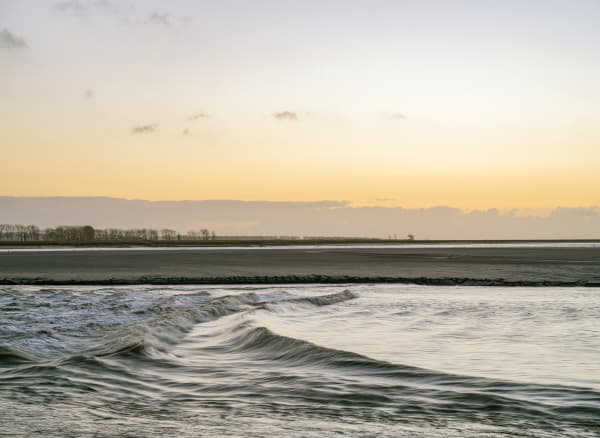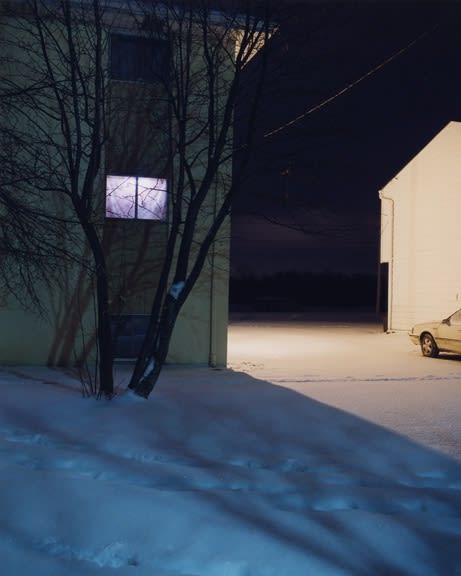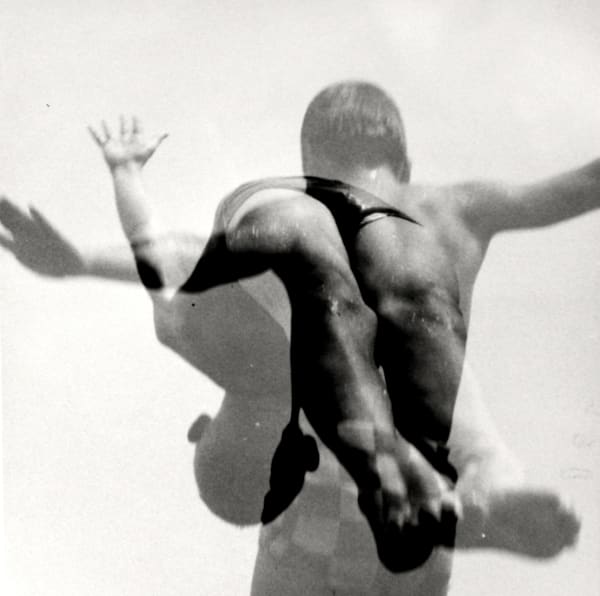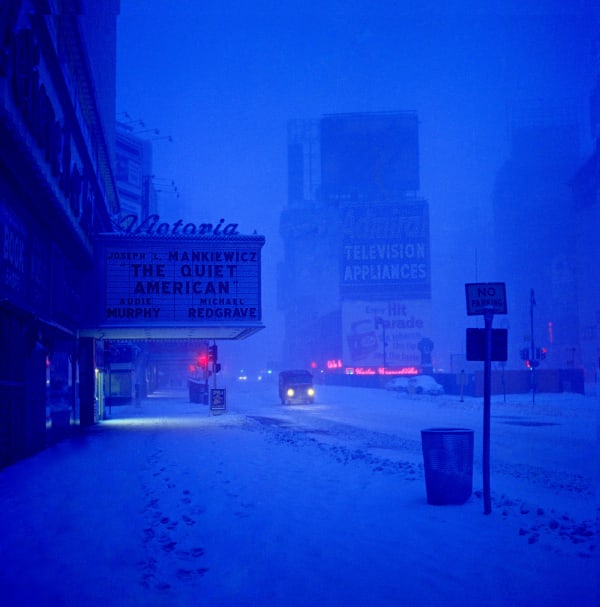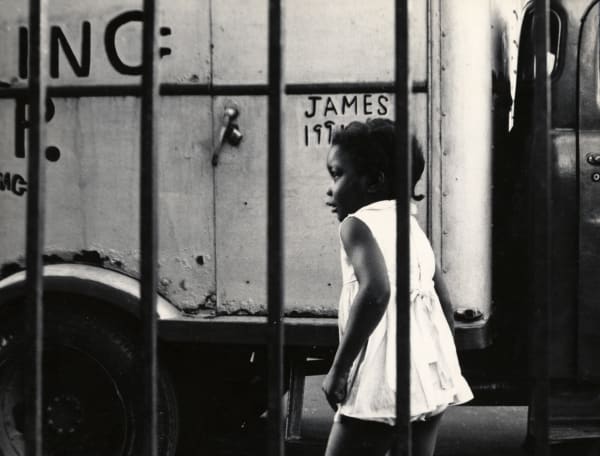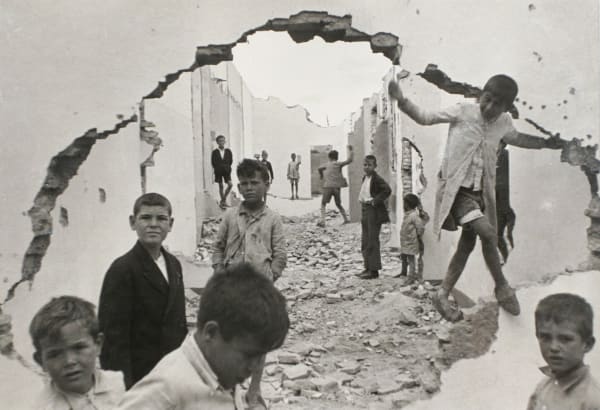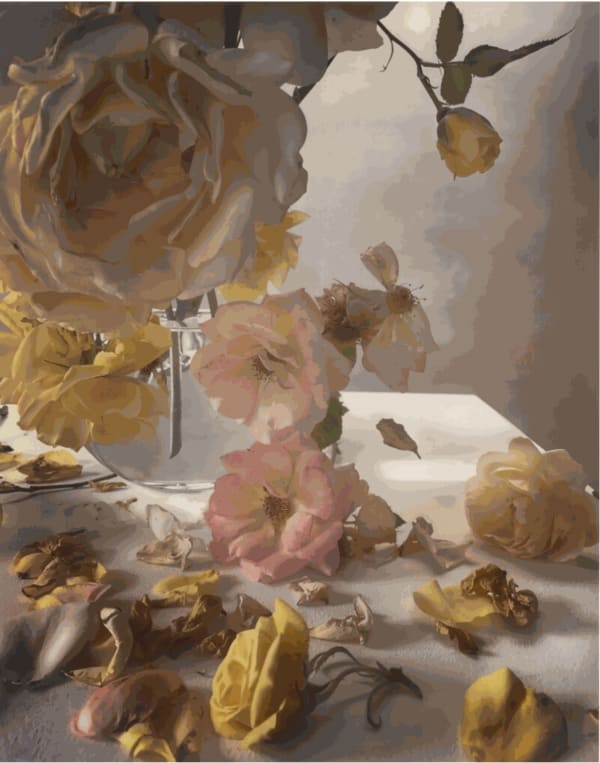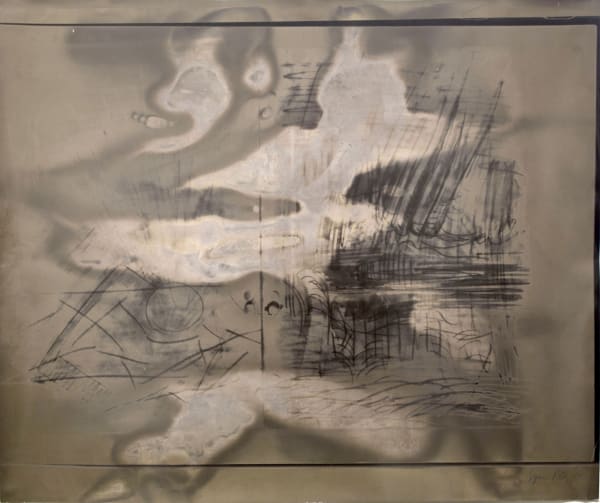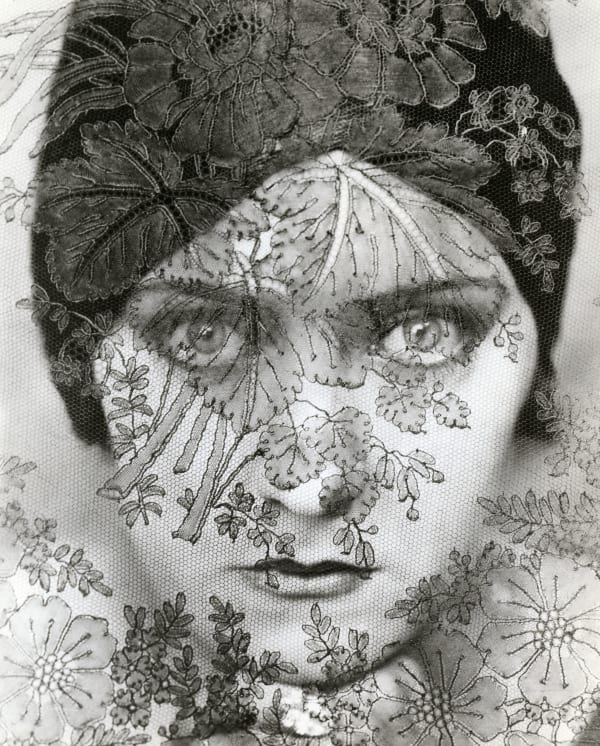Artists
-

Bernd and Hilla Becher
-

Constantin Brâncuși
-

Harry Callahan
-

Adger Cowans
-

Bill Cunningham
-

F. Holland Day
-

Louis Draper
-

Ahmet Ertuğ
-

M.C. Escher
-

Elger Esser
-

Ray Francis
-

Todd Hido
-

Chester Higgins
-

Walter Iooss Jr.
-

André Kertész
-

Alfred Leslie
-

Dakota Mace
-

René Magritte
-

Shinichi Maruyama
-

Lisette Model
-

Barbara Morgan
-

Daido Moriyama
-

Max Neumann
-

Paul Outerbridge
-

Frank Paulin
-

Man Ray
-

Sarah Sense
-

Larry Silver
-

Aaron Siskind
-

Keith Smith
-

Alfred Stieglitz
-

Marjan Teeuwen
-

Pete Turner
-

Shawn W. Walker
-

Ryan Weideman
-

Edward Weston
-

Joel-Peter Witkin
-

Michael Wolf
-

Francesca Woodman
Selected Works
-

Berenice Abbott
-

Diane Arbus
-

Ilse Bing
-

Werner Bischof
-

Karl Blossfeldt
-

Erwin Blumenfeld
-

Bill Brandt
-

Manuel Alvarez Bravo
-

Anne Brigman
-

Francis Joseph Bruguière
-

Julia Margaret Cameron
-

Henri Cartier-Bresson
-

Mark Cohen
-

Marie Cosindas
-

Ralston Crawford
-

Ted Croner
-

Robert Doisneau
-

František Drtikol
-

William Eggleston
-

Josef Ehm
-

Alfred Eisenstaedt
-

Elliott Erwitt
-

Walker Evans
-

Louis Faurer
-

Roger Fenton
-

Robert Frank
-

Lee Friedlander
-

Jaromir Funke
-

Mario Giacomelli
-

Mishka Henner
-

Lewis Hine
-

E.O. Hoppe
-

Herman Howard
-

Lotte Jacobi
-

Kenneth Josephson
-

Consuelo Kanaga
-

György Kepes
-

Nick Knight
-

Germaine Krull
-

Dorothea Lange
-

Fernand Leger
-

Helen Levitt
-

Yao Lu
-

Nathan Lyons
-

Dora Maar
-

Jimmie Mannas
-

Werner Mantz
-

Fred McDarrah
-

László Moholy-Nagy
-

Henry Moore
-

Louise Nevelson
-

Arnold Newman
-

Gordon Parks
-

Irving Penn
-

Sigmar Polke
-

Richard Prince
-

Robert Rauschenberg
-

Herb Robinson
-

Alexander Rodchenko
-

Jaroslav Rossler
-

Arthur Rothstein
-

Ed Ruscha
-

August Sander
-

Ben Shahn
-

Charles Sheeler
-

Cindy Sherman
-

Arthur Siegel
-

W. Eugene Smith
-

Frederick Sommer
-

Eve Sonneman
-

Brea Souders
-

Edward Steichen
-

Paul Strand
-

Karl Struss
-

Josef Sudek
-

Hiroshi Sugimoto
-

Antanas Sutkus
-

Penelope Umbrico
-

Weegee
-

Brett Weston
-

Garry Winogrand









